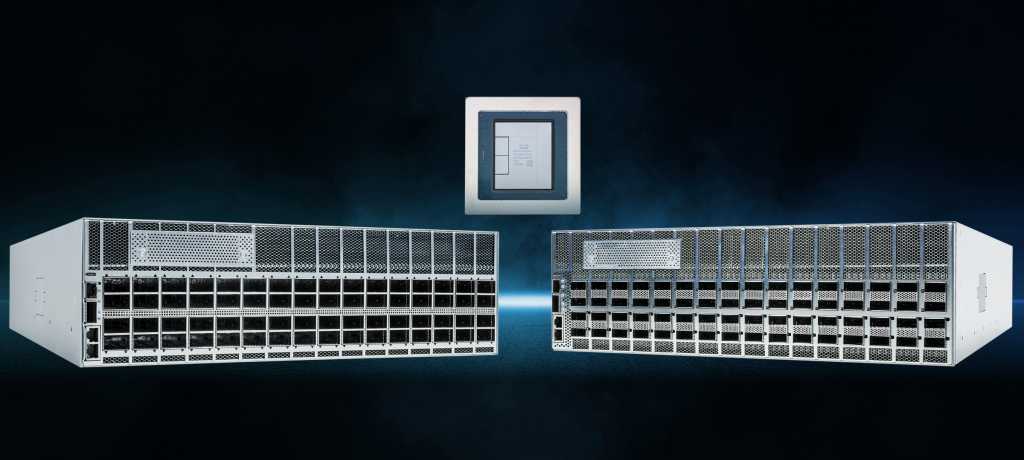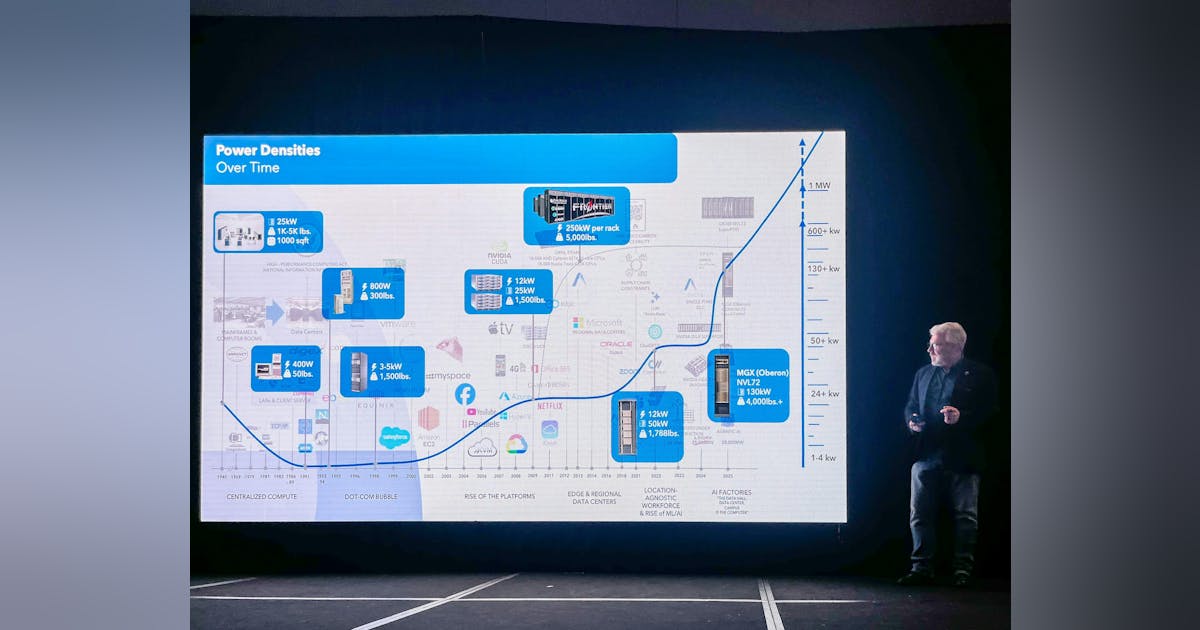
In Japan, I met with Nathan Howe, senior vice president of innovation and product management for Zscaler, and talked to him about the Zscaler Cellular service. Without getting into the technical nuances, the service works by integrating zero trust into the mobile network. This makes it ideally suited to secure OT devices as these endpoints typically aren’t running Windows or another OS where a security client can be loaded.
Japan should be a leading region for Zscaler as the country is a leader in IoT deployments. Japan is arguably the global leader in the use of IoT within industrial environments. For example, the adoption rate of AI-based machinery in Japan is 63%, which is significantly higher than the 40% global average. Also, Japan’s government backed “Society 5.0,” is based on the use of AI and IoT.
Zscaler’s ability to protect connected “things” using its cellular offering is unique and will enable it to catch the rising AI-IoT tide in Japan, which will eventually make its way across the globe.
AI everywhere drives the need for zero trust everywhere
Like all events, AI was the primary focus of many of the conversations at the events. While there are many challenges in deploying AI, the top concern remains security, and this is where a shift to zero trust everywhere can help.
The rise in zero trust was led by VPN replacement because, as I write above, it simplifies a historically complex environment. Securing AI is not just complicated with traditional security models but also impractical from a cost perspective. AI requires data and lots of it, and this has caused companies to rethink their data management strategies. Instead of trying to pull all the company data into a central location, the preferred model is to leave it where it is – on users’ computers, at the edge, in a private cloud and public clouds – and then have the AI models access it when needed. If one were to try and secure this with firewalls, they would need to be deployed everywhere, and, in some locations, such as at an edge, it’s too expensive. Even with an unlimited budget, the operational overhead of keeping the policies up to date would be far too burdensome to make it practical.
Zero trust everywhere applies the concept of least privilege access and minimizes the “blast radius” of a breach using software. AI has changed computing architectures, which is evolving network deployment models. These infrastructure shifts mandate that companies modernize their approach to security.






















